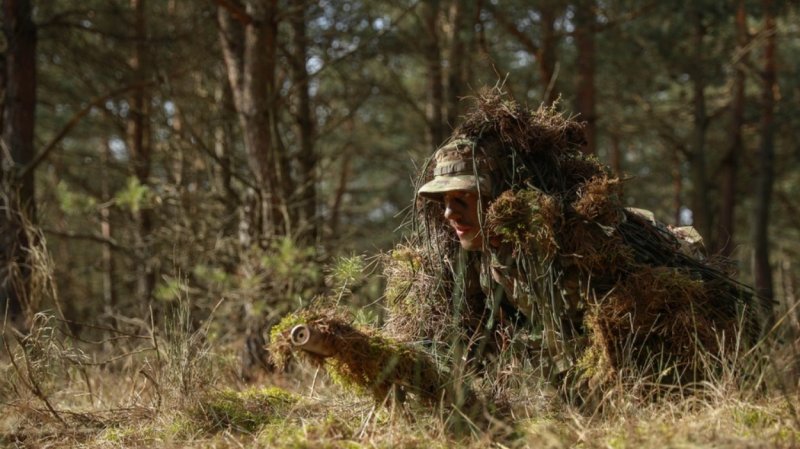Task & Purpose. News, culture, and analysis by and for the military community.
Top Story

‘Watch your step’ — Are land mines making a comeback?
On this week’s Task & Purpose video, Thom Tran explores the history of land mines and their vital, problematic role on the battlefield today.
Posted 9 Hours Ago
Task & Purpose was founded in 2014 as a voice for the military community, and continues to serve that community with accurate reporting and great storytelling to this day. Our journalists have reported on the front lines of the Standing Rock protests in North Dakota and the war in Afghanistan. We’ve uncovered American veterans being abused in Kuwaiti prisons, deported veterans being forced to work for Mexican cartels, and drawn national attention to a longstanding legal rule barring service members from suing the government — even in the face of gross negligence.


























